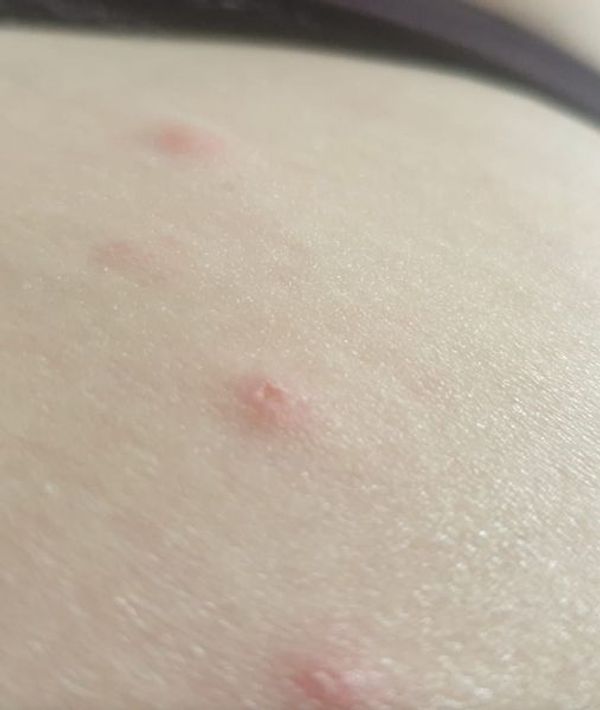
Bug bites can be a real nuisance, especially for those of us who are more susceptible to allergies. To ensure timely and appropriate treatment, it’s essential to be able to recognize the most common bug bites. Here’s a friendly guide to help you identify them:
Mosquito Bites
Mosquito bites are characterized by a small, circle-shaped mark or a larger, elongated blob. They can be incredibly itchy, and scratching them only makes them worse.
Flea Bites
Flea bites are identified by multiple bites in the same area. These small, hard, red bites cluster together, often on the lower legs. They are not only annoyingly itchy but also extremely bothersome.
Lice Bites
Lice bites are mainly found on the head, back of the neck, and behind the ears. They resemble flea bites but are localized to areas where lice infest. If you notice these bites, it’s time to check for lice and take necessary precautions.
Bedbug Bites
Bedbug bites appear in a zig-zag pattern and are redder and itchier than mosquito bites. If you wake up with these bites, immediate intervention from an exterminator is necessary to deal with these pesky creatures.
Tick Bites
Tick bites are distinguished by a red ring surrounding a dark red or black dot. It is crucial to properly remove the tick and seek medical consultation to check for Lyme disease and Rocky Mountain spotted fever.
Wasp Stings
Wasp stings may look similar to mosquito bites but usually have a noticeable puncture mark in the center. They can be both itchy and painful, causing discomfort.
Hornet Stings
Hornet stings are similar to wasp stings but can be more severe due to the aggressiveness of hornets. It’s important to take necessary precautions when dealing with these stings.
Bee Stings
Bee stings are recognizable by the stinger left in the skin. If stung by a bee, it’s important to remove the stinger and clean the area promptly.
Red Ant (Fire Ant) Bites
Red ant bites resemble flea bites but are instantly painful rather than immediately itchy. These bites require immediate attention and proper care.
Spider Bites
Spider bites can vary depending on the type of spider. They are hard, red, and can be itchy and painful. Some spider bites may even leave two tiny puncture marks.
By understanding these distinctions, you can effectively manage and treat bug bites, especially if you have allergies or suspect potential infections.
We would love to hear from you!
Have you ever had a memorable experience with bug bites? Share your thoughts and stories in the comments below.



